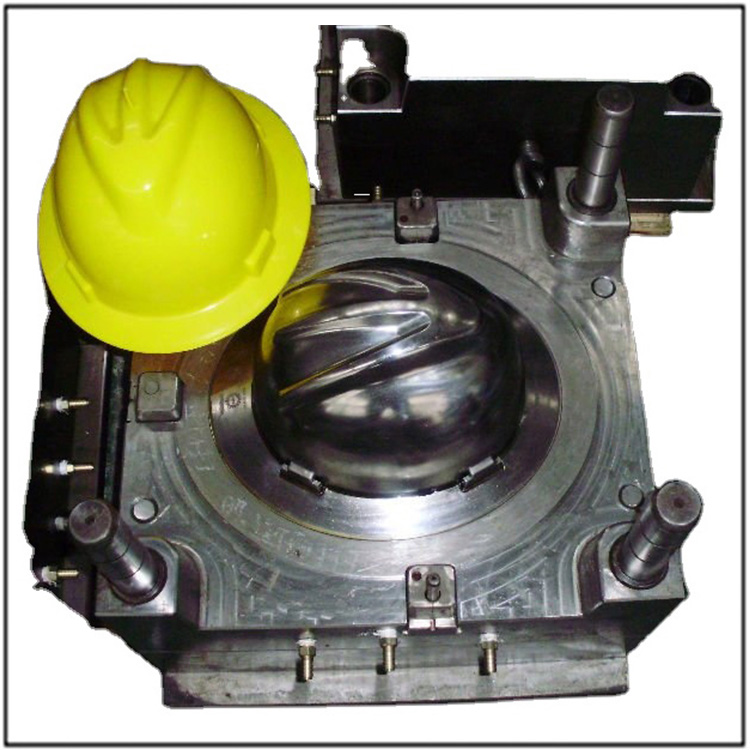
How to Achieve High Glossiness in Injection Molding?
Realizing high glossiness in injection molding is the key to improving the appearance quality of plastic products, especially in the fields of automobiles, home appliances, electronic products, etc. High glossiness plastic mold products can significantly enhance product competitiveness. From the aspects of plastic mold design, material selection, processing technology, and production optimization, we will analyze how to achieve high glossiness effect and ensure that the product surface is smooth like a mirror.
The core of high glossiness lies in the surface quality of the plastic mold cavity. The surface of the mold needs to achieve mirror level polishing, usually using roughness standards below Ra0.01 μ m. Through high-precision CNC machining and manual polishing, combined with electrical discharge machining (EDM) refinement, the plastic mold cavity is ensured to be free of any minor defects. In addition, using high hardness mold steel (such as NAK80 or S136) can improve wear resistance and polishing effect, extending the life of plastic molds.
Material selection is equally crucial. Suitable high gloss plastic materials include PC, PMMA, and ABS+PMMA blends, which have good fluidity, high transparency, and excellent surface gloss after molding. Adding an appropriate amount of brightening agent to the formula can further enhance the glossiness of the product. At the same time, it is necessary to strictly control the dryness of raw materials to avoid surface atomization or bubbles caused by moisture or impurities, which may affect the quality of plastic mold products.
The precise control of injection molding process parameters is the key to achieving high glossiness. The mold temperature should be maintained between 80-120 ℃. High temperatures help with material flow and surface replication, but should be avoided from causing deformation due to excessive temperature. The injection pressure and speed should be moderate, too high may cause stress marks, and too low may lead to insufficient filling. In addition, using rapid cooling technology can reduce cooling time while maintaining the surface gloss of plastic mold products.
The design of the demolding system also affects glossiness. The position of the top pin or slanted top should be precise to avoid scratching the surface of the product during demolding. The use of release agents or surface coatings on molds can reduce the risk of mold sticking and ensure that the surface of mold products is defect free.
Maintaining the cleanliness of plastic molds is crucial in production. Regularly clean the residue inside the mold cavity to prevent oil stains or particles from affecting the surface quality. By combining CAE simulation analysis, it is possible to optimize the flow channel design and cooling system in advance, reduce internal stress in plastic molds, and ensure a smooth and even surface of the product.
To achieve high gloss plastic mold products, it is necessary to control the entire chain from mold design, material selection to process optimization. Through high-precision processing, scientific material selection, and fine parameter adjustment, you can easily create mirror grade plastic products.










